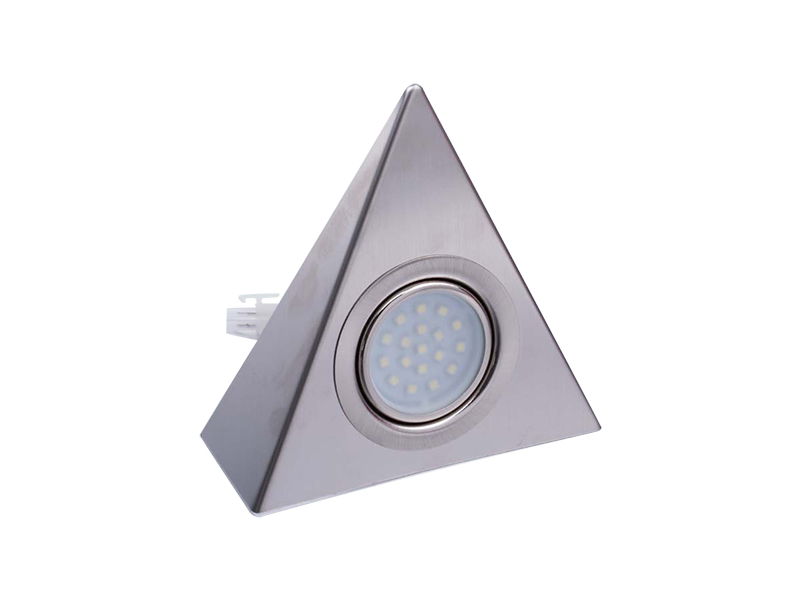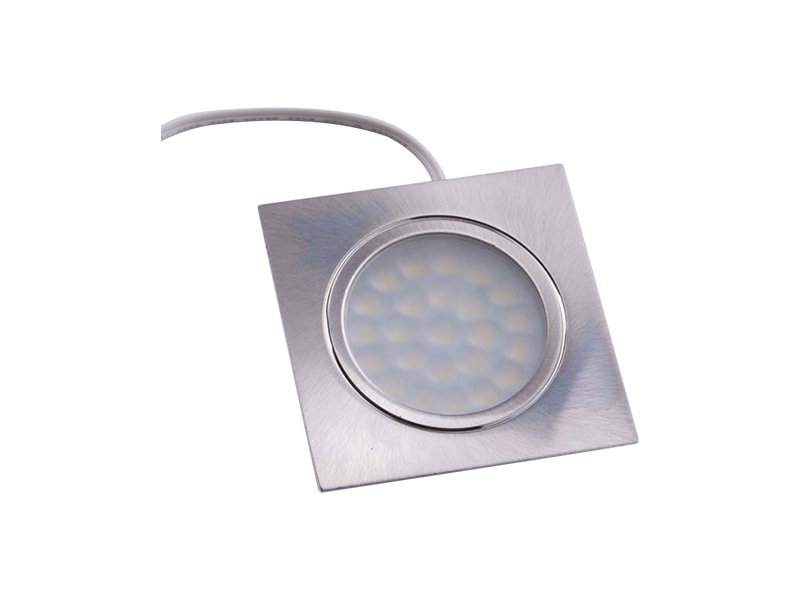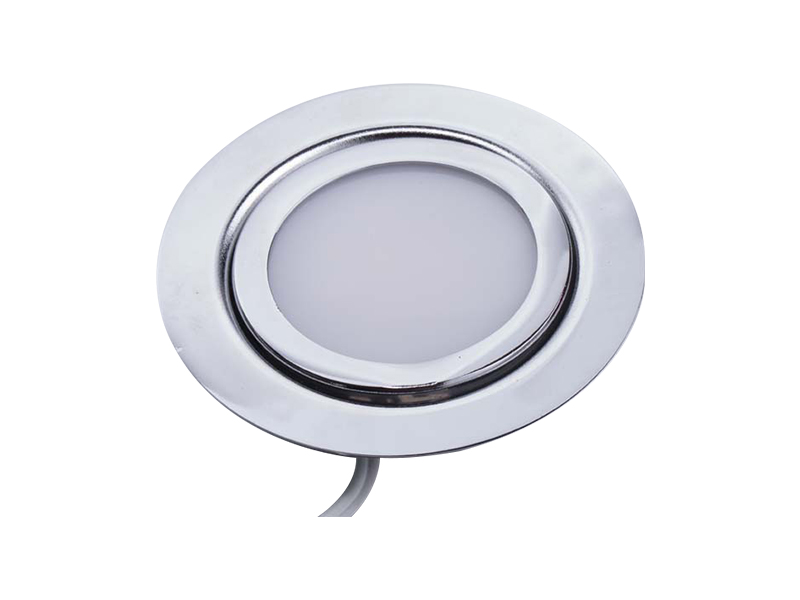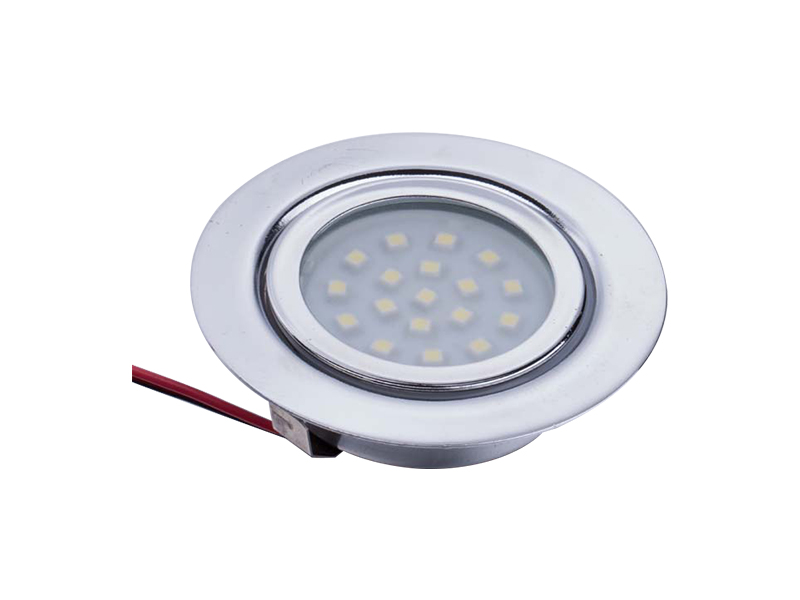-

E-mail:[email protected]
-

Telphone:+86-574-88073028
-

FAX:+86-574-88073029
QR code on
mobile phone
Welcome to Eastkey!
Welcome to Dongke!
Before selecting LED cabinet lights for your kitchen, it is important to understand the different types available. LED lights can be categorized into under-cabinet lights, in-cabinet lights, and inside-cabinet lights, each serving a unique purpose. Under-cabinet lights are mounted underneath the kitchen cabinets to provide general illumination to the countertops. These lights are ideal for task lighting and are often installed in kitchens where extra visibility on the work surfaces is required. In-cabinet lights, on the other hand, are placed inside the cabinets to illuminate the contents and make items more accessible. They are commonly used in glass-fronted cabinets or open shelving to highlight the items stored inside. Inside-cabinet lights can be added as spotlights or strips to create focused lighting on specific areas inside the cabinet, providing better visibility for smaller items.
The brightness of LED cabinet lights is measured in lumens. When choosing the right brightness for your kitchen cabinets, it’s essential to understand how much light is needed based on the size and function of the cabinets. For general task lighting, such as illuminating countertops or workspaces, you may need lights that emit between 100 to 300 lumens per square foot. For smaller cabinets or more decorative lighting, you can opt for lower lumens. Consider the size of the cabinets and how much light you need to comfortably view items inside. For example, under-cabinet lights may require more brightness compared to in-cabinet lighting, which may only need to highlight specific items. To ensure your kitchen cabinets are well-lit, aim for a consistent light level without creating harsh shadows or overly bright spots.
Another important factor when choosing LED cabinet lights is the color temperature, which is measured in Kelvins (K). The color temperature of light determines the warmth or coolness of the light, and selecting the right tone can significantly impact the atmosphere of your kitchen. LED lights are available in a variety of color temperatures, ranging from warm white (around 2700K) to cool white or daylight (5000K to 6500K). Warm white light creates a cozy and inviting atmosphere and is often used for general ambient lighting in kitchens with traditional or rustic decor. Cool white or daylight tones are ideal for task lighting, as they mimic natural daylight and offer brighter, crisper illumination. Depending on the intended use of the lights, you can choose a color temperature that complements your kitchen style and provides the right amount of lighting for different tasks.
One of the main advantages of LED lights is their energy efficiency. LED lights consume significantly less power compared to incandescent or fluorescent lights, which can help reduce your energy bills over time. When selecting LED cabinet lights, look for products that have an energy-efficient rating, such as those labeled with Energy Star certification. These lights use minimal electricity while still providing ample illumination. Additionally, LEDs have a long lifespan—often lasting up to 50,000 hours or more—making them a low-maintenance and cost-effective choice. The long-lasting nature of LED lights also means you will spend less on replacements over time. It’s important to consider both energy savings and durability when choosing LED lights for your kitchen cabinets to ensure long-term value and performance.
LED cabinet lights come with different installation options, including hardwired systems and plug-in systems. Hardwired lights are directly connected to the home’s electrical system, requiring professional installation. These lights offer a cleaner, more permanent solution and are ideal for large kitchens or if you are undergoing a major renovation. Hardwired lights are typically more expensive and may require an electrician to install, but they offer a seamless look without visible cords or plugs. On the other hand, plug-in LED lights are easier to install and can be powered through an existing electrical outlet. These lights are ideal for renters or those who want to avoid complex wiring installations. Plug-in lights are more flexible and can be easily moved or replaced without significant disruption. When deciding between these options, consider the layout of your kitchen, your budget, and whether you plan to make future changes to your lighting setup.
Controlling the brightness and functionality of your LED cabinet lights is an important consideration. Many LED lights now come with dimming capabilities, allowing you to adjust the light intensity to suit different tasks and create the desired ambiance in your kitchen. Dimmable LED lights can be controlled using a standard dimmer switch, or you may have the option of using a remote control or smartphone app for more advanced control. Some modern LED cabinet lights are also compatible with smart home systems, such as Amazon Alexa or Google Assistant, allowing you to control the lights with voice commands or automation. Smart LED lights can be programmed to turn on and off at specific times, adjust brightness levels based on ambient light, and even change colors to suit different moods or occasions. These features offer enhanced convenience and flexibility, allowing you to customize the lighting experience in your kitchen.
The material and design of the LED cabinet lights should complement the overall aesthetic of your kitchen. LED lights are available in various finishes, including brushed nickel, chrome, black, and white, so you can find an option that matches your cabinet hardware and other kitchen elements. Additionally, LED lights come in different shapes, such as linear strips, round puck lights, and rectangular panels. Puck lights are often used for focused illumination in specific cabinet areas, while strip lights offer a more uniform, continuous light source. Consider the layout and style of your kitchen when choosing the design of the lights, ensuring that the fixtures enhance the overall look of the space. Sleek and minimalist designs tend to work well in modern kitchens, while more decorative options might suit traditional or transitional styles.
Heat management is an important consideration when selecting LED cabinet lights, particularly in small or enclosed spaces. Although LED lights produce significantly less heat than incandescent bulbs, they can still generate some heat, especially if multiple lights are installed in a small cabinet. Over time, excessive heat can affect the performance and lifespan of the lights. To avoid overheating, ensure that the LED lights you choose have proper heat dissipation features, such as heat sinks or ventilation holes. Additionally, when installing lights in cabinets, make sure the area has sufficient airflow to prevent heat buildup. This is especially important for under-cabinet lights, which may be mounted in tight spaces where ventilation is limited. Checking the safety ratings and certifications of the lights can help ensure that they meet industry standards for heat management and safety.
| Factor | Considerations |
|---|---|
| Brightness | Choose lights with sufficient lumens for the intended space and function (100-300 lumens per square foot for general task lighting) |
| Color Temperature | Warm white (2700K) for ambient lighting, cool white or daylight (5000K-6500K) for task lighting |
| Energy Efficiency | Look for Energy Star certification and low power consumption |
| Installation Method | Choose between hardwired or plug-in options based on your kitchen setup and budget |
| Control Features | Consider dimming capabilities, remote controls, or smart home integration for flexible control |
| Design and Material | Pick finishes and designs that complement the kitchen style and cabinetry |
| Heat Management | Ensure proper ventilation and heat dissipation to prevent overheating |
top
E-mail:[email protected]
Telphone:+86-574-88073028
FAX:+86-574-88073029





